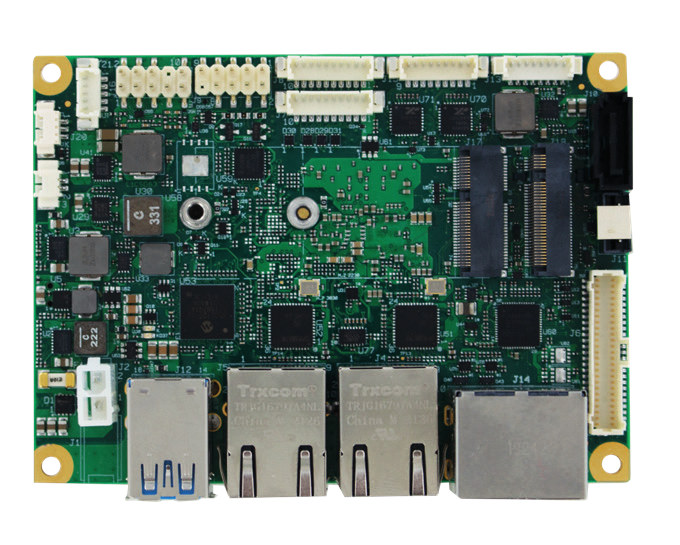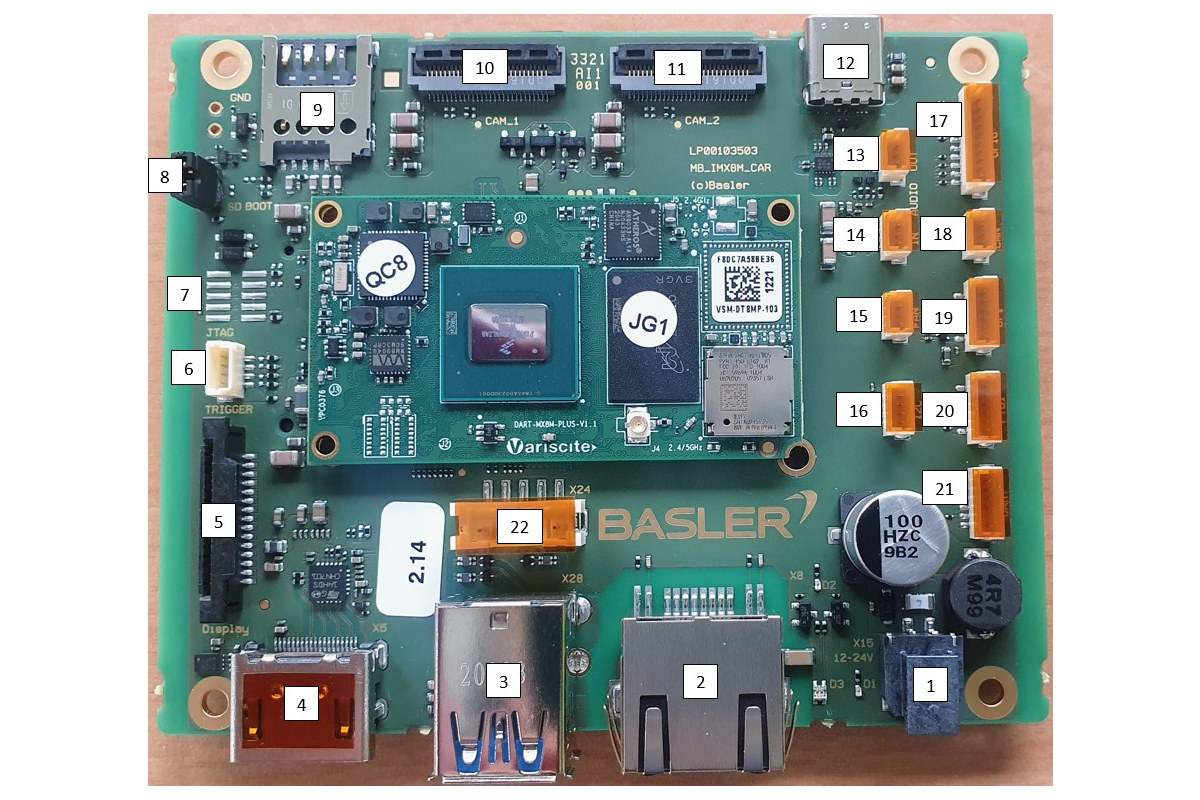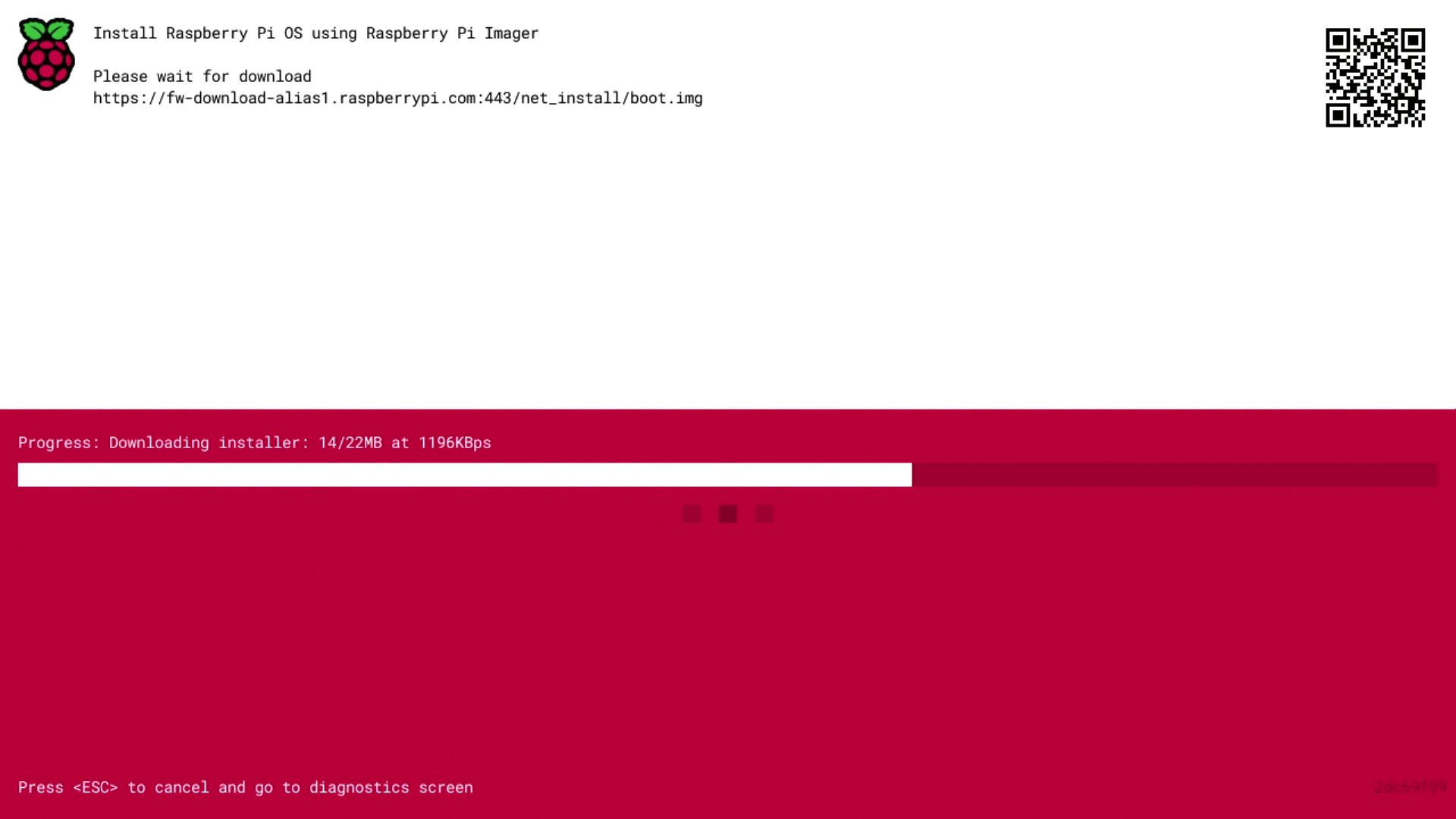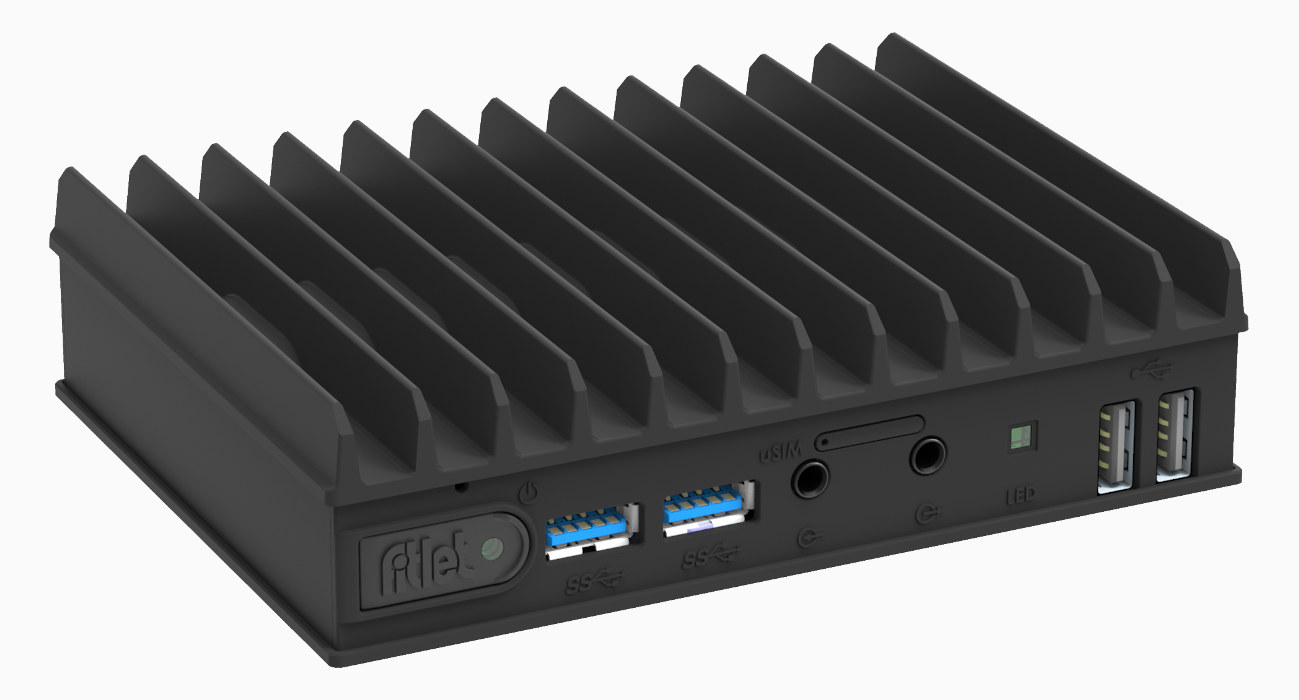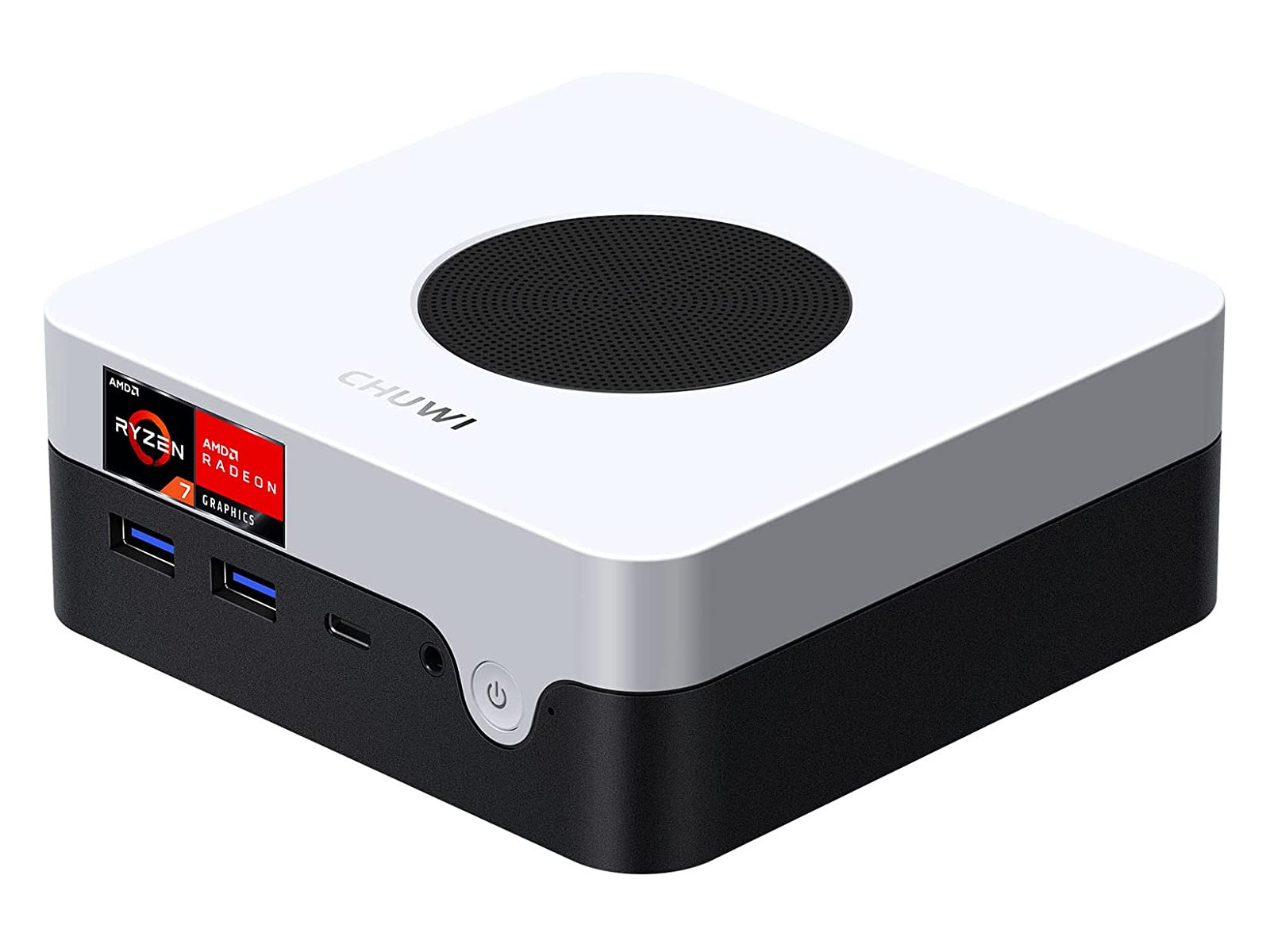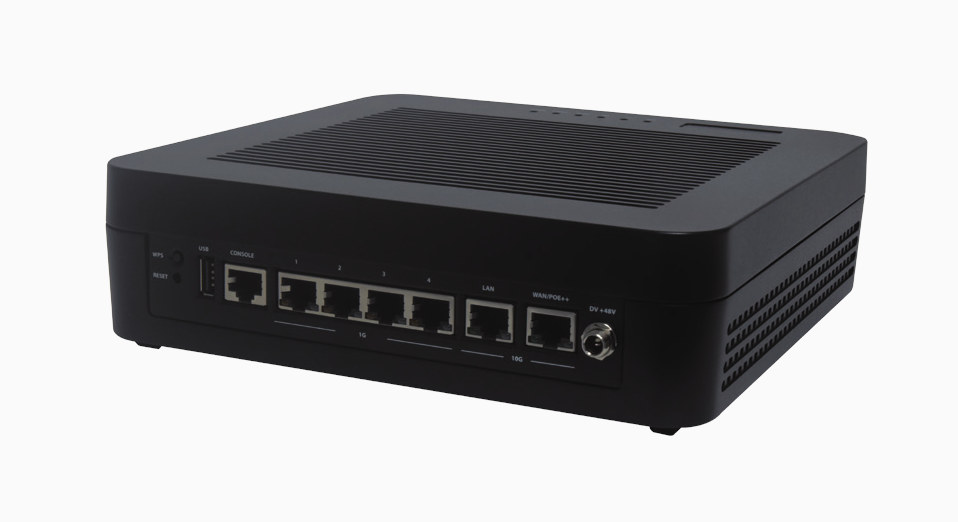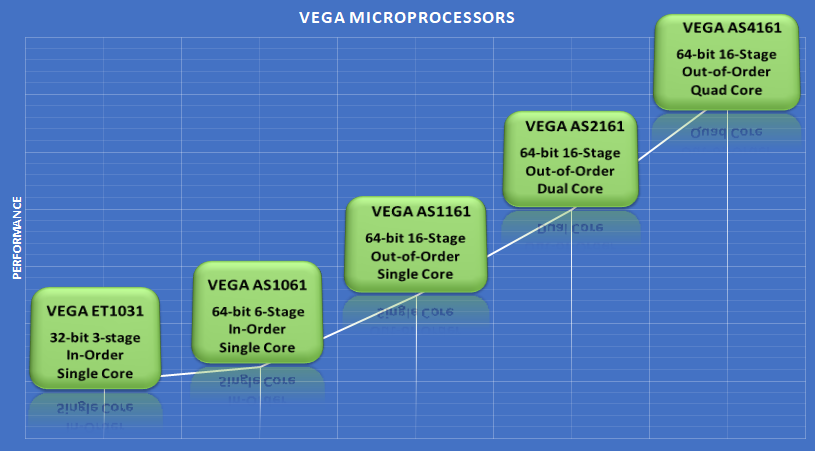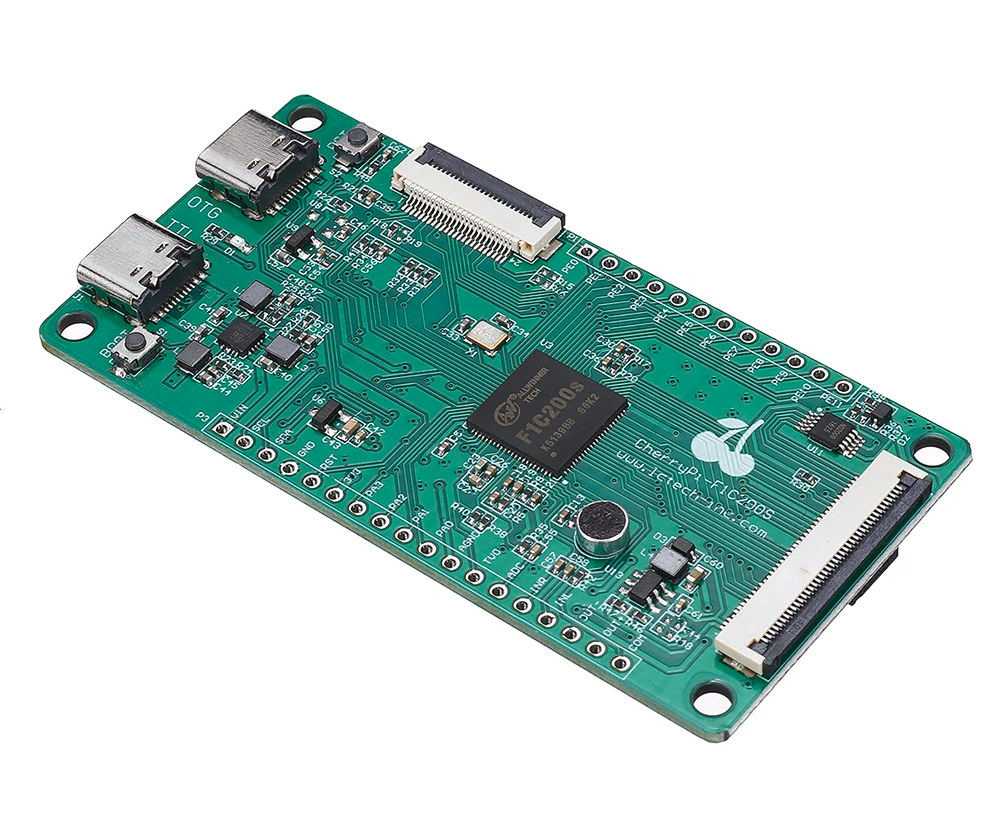SECO ICARUS is a Pico-ITX single board computer based on Intel Atom x6000E, Celeron, and Pentium Elkhart Lake processor that’s designed for edge IoT, AIoT, and computer vision applications. The SBC ships with up to 16GB DDR4 IBECC (in-band error-correcting code) memory, eMMC flash and/or SATA storage, supports up to three independent displays, features two Gigabit Ethernet ports with TSN support, M.2 sockets for WiFi/Bluetooth and cellular connectivity, several USB ports, serial ports, and other I/O interfaces. ICARUS specifications: Elkhart Lake SoC (one or the other) with Intel Gen11 UHD Graphics Intel Celeron J6413 quad-core processor @ 1.8GHz (3GHz Turbo); 10W TDP Intel Celeron N6211 dual-core processor @ 1.2GHz (3GHz Turbo); 6.5W TDP Intel Pentium J6426 quad-core processor @ 2.0GHz (3GHz Turbo); 10W TDP Intel Pentium N6415 quad-core processor @ 1.2GHz (3GHz Turbo); 6.5W TDP Intel Atom x6211E dual-core processor @ 1.3GHz (3GHz Turbo); 6W TDP w/ IBECC and IHS […]
Basler prB-IMX8MP embedded vision processing kit supports BCON for MIPI, GigE Vision, and USB3 Vision cameras
Basler prB-IMX8MP is a Linux-based, NXP i.MX 8M Plus powered embedded vision processing kit working with the company’s cameras designed for factory automation, medicine, traffic and several other markets. The board is equipped with Variscite DART-MX8M-Plus system-on-module and offers multiple camera interfaces to support BCON for MIPI, GigE Vision, and USB3 Vision cameras through Basler’s pylon Camera Software Suite. Basler prB-IMX8MP specifications with interfaces in bold usable by Basler cameras: SoC – NXP i.MX 8M Plus quad-core Cortex-A53 processor clocked at up to 1.8GHz, Cortex-M7 real-time core @ 800 MHz, 1080p H265/H264 encode/decode, AI/ML accelerator up to 2.3 TOPS, Vivante GC7000UL 3D GPU, Vivante GC520L 2D GPU System Memory – 8GB (CNXSoft: Probably a mistake since the DART-MX8M-PLUS module only supports 1GB to 4GB RAM. Is it 8 Gbit = 1GB?) Storage – 64 GB flash, MicroSD card slot Video Output – HDMI 2.0a up to 1080p60, 2-lane MIPI DSI […]
Raspberry Pi 4 to support Network install to a blank MicroSD card
The Raspberry Pi 4 will soon be able to install Raspberry Pi OS without the need for external hardware to flash the image. Raspberry Pi Network install will allow users to install a blank MicroSD card into their board, which will trigger the launch of Raspberry Pi Imager on the Raspberry Pi, and flash the image downloaded from the Raspberry Pi website. So far in order to install Raspberry Pi OS, you had to download Raspberry Pi Imager on a computer or a working Raspberry Pi, insert the MicroSD card into the host, and flash the image, before moving the MicroSD card into the Raspberry Pi board. This works just fine for most people, but if the Raspberry Pi is your only computing device, as may be the case in developing countries, that does not work. Network Installs may also speed up the installation process in the classroom where multiple […]
Fitlet3 is a compact, fanless Elkhart Lake mini PC for IoT and industrial applications
Fitlet3 fanless mini PC based on a choice of three Atom or Celeron Elkhart Lake processors is an upgrade to the Compulab Fitlet2 mini PC introduced in 2017 with Apollo Lake processors. Designed to be used as a fanless industrial mini PC or an IoT gateway, Fitlet3 comes with up to 32GB RAM, supports SATA and NVMe storage, offers two 4K video outputs, up to four Gigabit Ethernet ports, optional WiFi 6E, Bluetooth 5.2, and/or 4G/5G cellular connectivity, as well as a wide range 7V to 42V power input. Fitlet3 specifications: Elkhart Lake SoC (one or the other) Intel Atom x6425E quad-core processor @ 2.0 GHz / 3.0 GHz (Boost frequency); TDP: 12 W Intel Celeron J6412 quad-core processor @ 2.0 GHz/ 2.6 GHz; TDP: 10 W Intel Atom x6211E dual-core processor @ 1.3 GHz / 3.0 GHz ; TDP: 6 W System Memory – Up to 32 GB DDR4 […]
CHUWI LarkBox X mini PC is powered by an AMD Ryzen 7 3700U mobile processor
CHUWI LarkBox X is an affordable mini PC based on a 15W AMD Ryzen 7 3700U mobile processor coupled with 8GB of RAM, a 256GB NVMe SSD, dual Gigabit Ethernet, 4K video output, and more. Contrary to the earlier Celeron-based LarkBox and LarkBox Pro palm-sized mini PCs, the LarkBox X comes with a larger form factor providing additional ports and possibly better cooling for the more performant AMD processor. LarkBox X specifications: SoC – AMD Ryzen 7 3700U quad-core/eight-thread processor @ 2.30GHz / 4.0GHz (Turbo) with Radeon RX Vega 10 Graphics; 15W TDP System Memory – 8GB DDR4, dual channels via 2x 260-pin DDR4 SO-DIMMs (upgradeable up to 32GB RAM) Storage – 256GB NVMe M.2 2280 SSD (PCIe 3.0) upgradable up to 2TB Video Output 1x HDMI 2.0 up to 4Kp60 1x DisplayPort up to 4Kp60 1x USB Type -C up to 4Kp30 with DisplayPort Alt. mode Three independent displays […]
Qualcomm IPQ8076A WiFi 6E access point offers dual 10GbE, supports PoE++
Lanner LWR-X8460 is an enterprise-grade 12-stream, tri-band Wi-Fi 6E access point powered by Qualcomm IPQ8076A quad-core Cortex-A53 processor also equipped with two 10GbE multi-speed ports, and four additional Gigabit Ethernet ports. The access point also supports IEEE 802.3bt standard for the PoE++ power delivery, Bluetooth 5.1 for IoT management, and its features set makes it suitable for remote video conferencing, telehealth, distance learning, public safety monitoring, IoT applications, as well as general connectivity in any crowded and dense Wi-Fi environments. Lanner LWR-X8460 specifications: WiSoC – Qualcomm IPQ8076A Hawkeye quad-core Cortex-A53 processor @ 2.2GHz part of the Networking Pro 1200 Platform System Memory – 1GB DDR4 Storage – 8MB NOR flash, 256MB NAND flash Networking Wi-Fi Standards – IEEE 802.11 a/b/g/n/ac/ax Peak PHY Rates – 2.4GHz: 1147 Mbps; 5GHz: 2402 Mbps; 6GHz: 4804 Mbps 12x antennas 2.4GHz: Peak gain 3.6dBi, Internal 4×4, Omnidirectional 5GHz: Peak gain 5.7dBi, Internal 4×4, Omnidirectional 6GHz: […]
India goes RISC-V with VEGA processors
One of the main advantages of RISC-V architecture is that it is open, so any organization with the right skills can develop its own cores, and India’s government has taken up this opportunity with the Microprocessor Development Programme (MDP) helping develop VEGA RISC-V cores locally. Thanks to funding by the Ministry of Electronics and Information Technology (MeitY), the Centre for Development of Advanced Computing (C-DAC) managed to design five RISC-V processors ranging from a single-core 32-bit RISC-V microcontroller-class processor to a Linux capable quad-core 64-bit out-of-order processor. Key features of the five VEGA cores developed by the C-DAC: VEGA ET1031 – 32-bit single-core 3-stage in-order RV32IM processor with AHB/AXI4.bus, optional MMU, optional Debug VEGA AS1061 – 64-bit single-core 6-stage in-order RV64IMAFDC processor with 8KB D-cache, 8KB I-cache, FPU, AHB/AXI4 bus VEGA AS1161 – 64-bit single-core 16-stage pipeline out-of-order RV64IMAFDC processor with 32KB D-cache, 32KB I-cache, FPU, AHB/AXI4/ACE bus VEGA AS2161 […]
More Allwinner F1C200s ARM9 boards: MangoPi R3 and CherryPi-F1C200S
I wrote about the Widora TINY200 board based on Allwinner F1C200s ARM9 processor with 64MB built-in RAM, up to 512MB NAND flash, LCD and camera interfaces in April 2020. I was just informed more similar Allwinner F1C200s boards had recently shown up with Widora MangoPi R3 that’s basically the same as TINY200, and CherryPi-F1C200S with similar dimensions and features, but a different ports arrangement. Let’s have a look at both. MangoPi R3 MangoPi R3 specifications are the same as the ones for Tiny200 board, but they selected the 128MB NAND flash storage option, and changed the USB-TTL chip: SoC – Allwinner F1C200s ARM926EJS processor @ 420 MHz (overclockable to 700 MHz) with 64MB DDR RAM Storage – 128MB NAND flash and MicroSD card slot Display I/F – 40-pin RGB565 display interface and 6-wire touch interface Camera I/F – 24-pin DVP camera interface compatible with OV2640, GC0328, etc. Audio – Onboard […]


